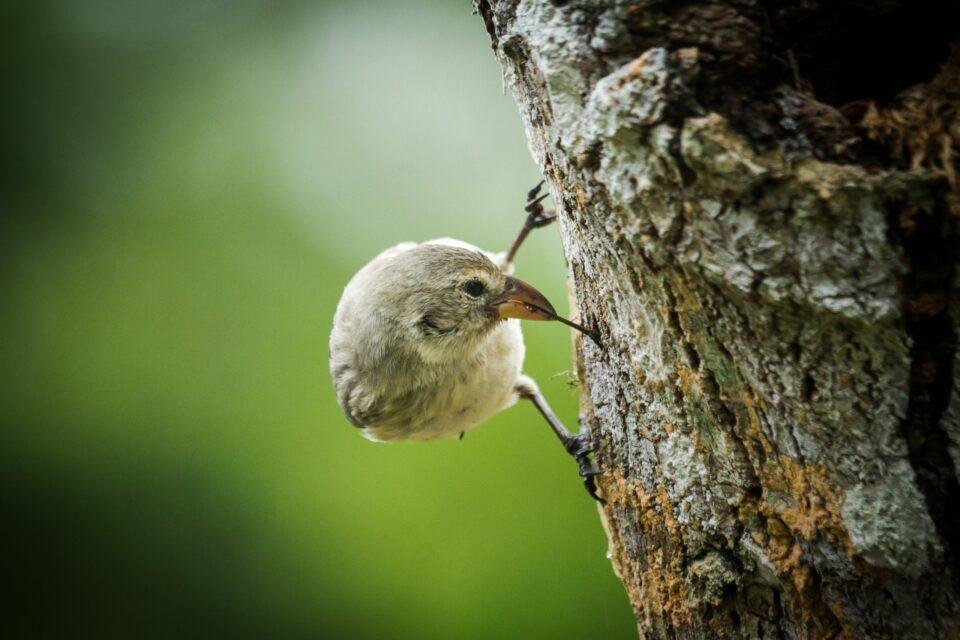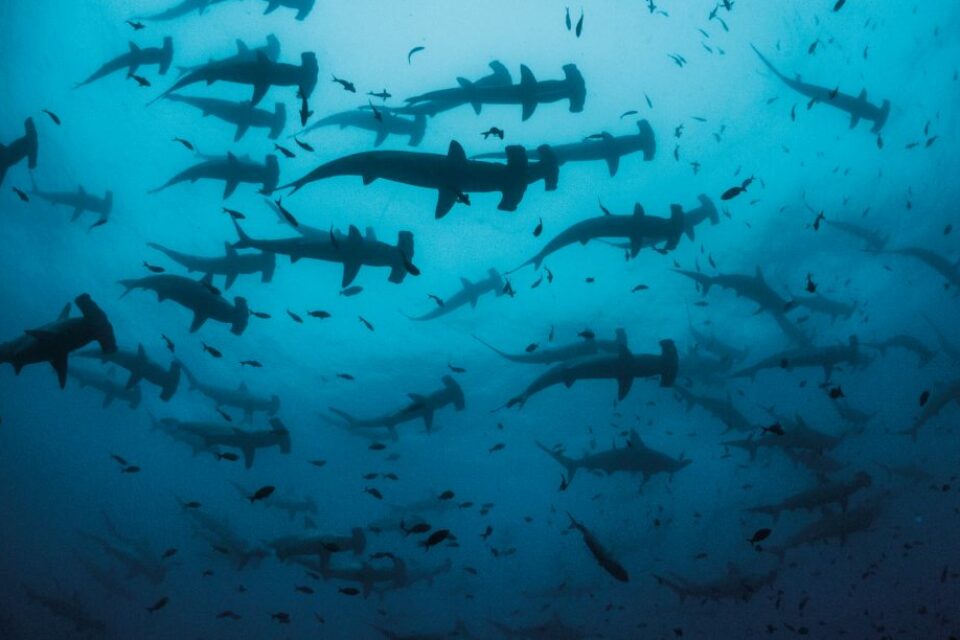

Reflections on eight inspirational years as CEO of Galapagos Conservation Trust
After eight years at the helm of Galapagos Conservation Trust, outgoing CEO Sharon Johnson reflects on some of her personal highlights.
When I joined GCT in 2015, record temperatures, heatwaves and floods were wreaking havoc across the world. Southeast Asia was choking in smog following a particularly bad El Niño and floods in northwest England were reportedly the worst for more than 550 years. It was also the year that the largest ever ocean research expedition crossed the Great Pacific Garbage Patch, revealing that it comprised of 80 million kilograms of floating plastic waste.
However, there was hope. In the lead up to the COP21 climate conference in Paris, more than 600,000 people took to the streets in 175 countries around the world calling for an end to human actions that were driving a sixth global mass extinction. The resulting Paris Agreement, to limit global temperature rise to 2°C above pre-industrial levels, along with developments such as Shell abandoning plans to drill in the Arctic, felt like a massive breakthrough. On our own patch, GCT was tracking whale sharks that migrate through Galapagos to help build the case for protecting more of the ocean; we were bringing together partners to support the restoration of Floreana island; and with more people coming to the Islands than ever before, our outreach work to encourage people to live and travel more sustainably in Galapagos was taking off. We also began to question where all the plastic washing up on the Archipelago’s inaccessible beaches was coming from.
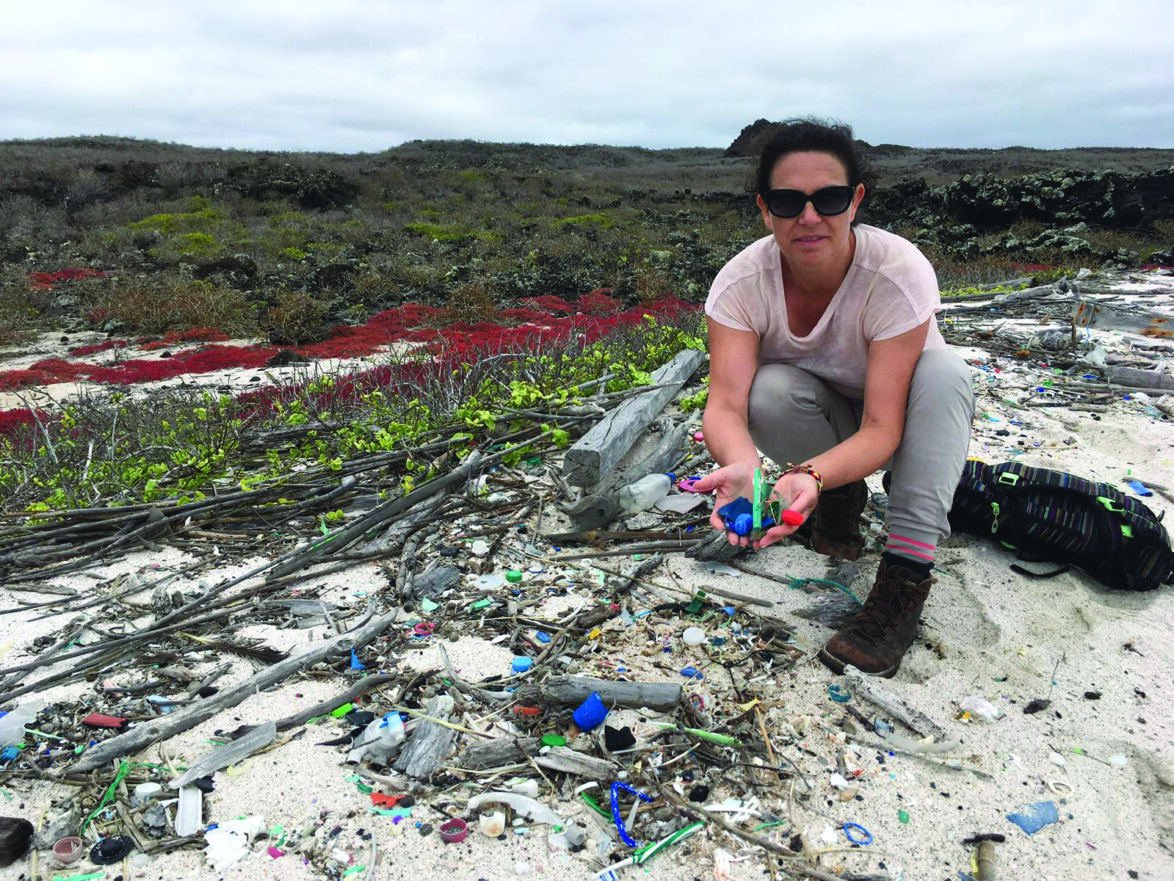
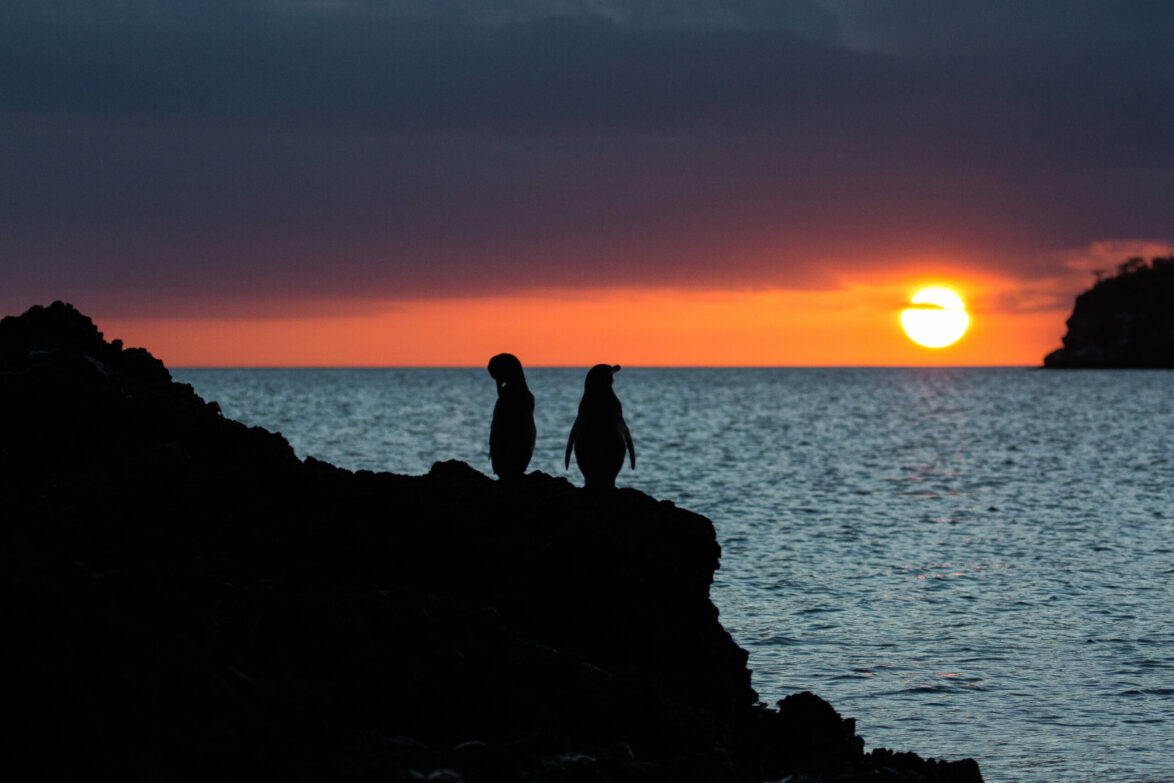
Climate change in Galapagos
Climate change is likely to increase the frequency of El Niño events, which can be catastrophic for wildlife in Galapagos, so we must ensure that the Islands’ ecosystems are healthy and resilient.
Eight years on, the impacts of climate change continue to intensify, but equally, we have stepped up our work at GCT to address these global issues, whilst continuing to combat the most urgent threats facing the Islands and their unique wildlife. We strengthened our strategy, evolving from primarily a grant-giving charity to driving programmes through collaborative work on issues like plastics. The seed funding we provided to research the migration routes of whale sharks helped support the creation of the vital ‘Swimway’ between the Galapagos Marine Reserve and Cocos Island in Costa Rica, and the establishment of the new Hermandad Marine Reserve. Equally important was the support we were able to give to local people during the COVID-19 pandemic, which provided them with an income and work in conservation. Looking forward to later this year, I am delighted that after many years of preparation the eradication work will take place on Floreana island, paving the way for the future reintroduction of 12 locally extinct species.
Globally, it is not all bad news either. A landmark UN agreement to conserve 30% of the world’s biodiversity by 2030 was reached last year, and as part of our support for the Ecuadorian Vice Minister of Foreign Affairs in his role as co-Chair of the Intergovernmental Negotiating Committee for the UN Global Plastics Treaty, GCT will be heading to Paris in May to take part in discussions. And finally, a UN High Seas Treaty is in sight, which will regulate illegal and unregulated fishing in the open ocean. As GCT has grown in size, impact and influence these are all actions we have been calling for, to build climate resilience in the region and safeguard the unique biodiversity of Galapagos.

The seed funding we provided to research the migration routes of whale sharks helped support the creation of the vital ‘Swimway’ between the Galapagos Marine Reserve and Cocos Island in Costa Rica, and the establishment of the new Hermandad Marine Reserve.
But none of this would have been possible without our incredibly generous supporters. One particular standout moment was in 2021, when we made a callout to fill the gap when our funding was hit by the UK government’s devastating Official Development Assistance cuts. Our network of loyal donors stepped up, enabling our plastics programme to stay on track until, after much lobbying, our funding was reinstated the following year. Over the last eight years, our income has grown more than threefold and GCT is in the best of financial health. We have professionalised our organisation, developing a strong senior leadership team and confident and motivated staff, supported by a highly engaged Board and a group of passionate Ambassadors and volunteers. Thank you, to you all.
As my time as CEO of GCT comes to a close, I am asked about my most memorable moments. One personal highlight was, of course, meeting Sir David Attenborough last year, and supporting the Ecuadorian Embassy in presenting him with Ecuador’s highest accolade, the National Order of Merit. This occurred just after a visit to Galapagos, which also happened to be a trip where I experienced my most awe-inspiring wildlife encounters. Perhaps the Islands knew (before I did) that this might be my last visit, because every day I felt I couldn’t see anything better than I had the day before. On one snorkelling trip I saw marine iguanas feeding on algae, then found myself being playfully tugged by a sealion, before a diving flightless cormorant took me by surprise and then I saw a Galapagos penguin glide by! That followed a morning when I had seen racer snakes on the volcanic island of Fernandina. A David Attenborough documentary playing out right in front of my eyes.
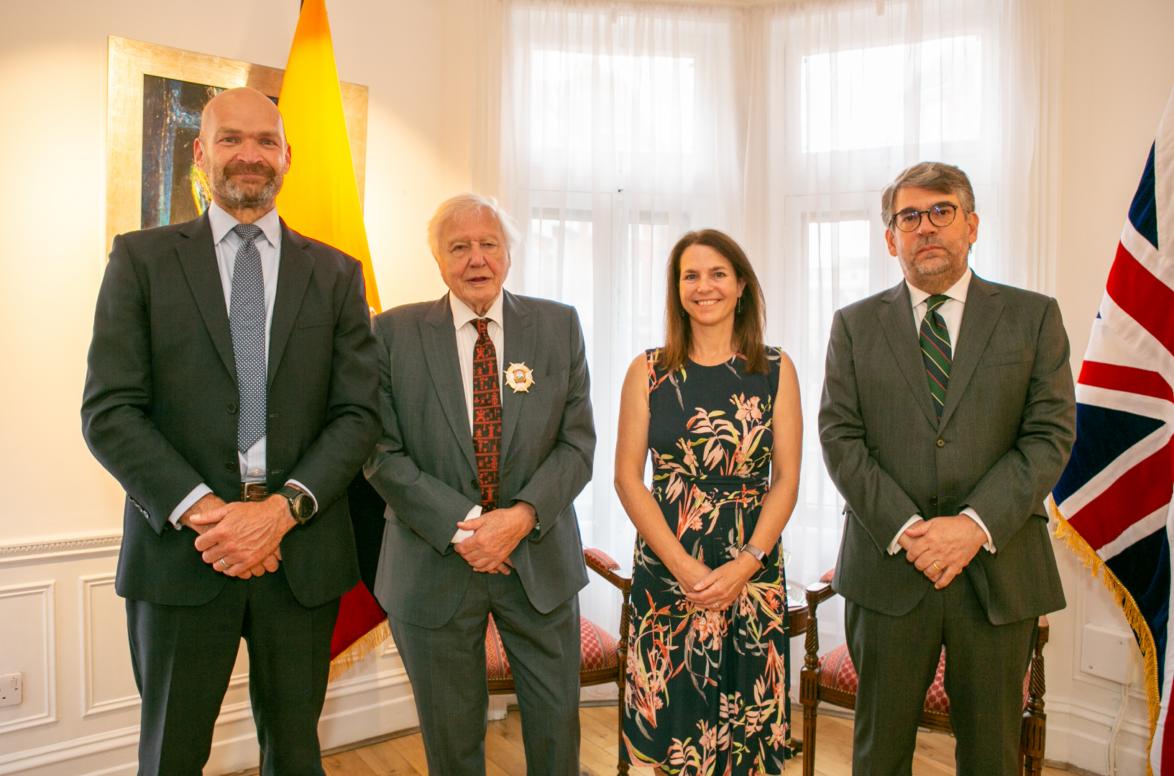
But what do I treasure most? All the dedicated and passionate people I have been fortunate to meet, who work tirelessly to conserve this most unique and ecologically important part of the world. It has been incredibly motivating and a huge privilege to be part of the network of organisations working in Galapagos, to lead GCT over the last eight years, and to witness the growth in our income and impact. So now, with the knowledge that GCT is in such great shape, it feels like the right time to move on. With indigenous people protecting 80% of the world’s biodiversity, I have taken up a role with a corporate foundation as its first CEO to support indigenous-led conservation. This new role is likely to take me to South America and perhaps Ecuador, so I hope to stay in touch with all the wonderful partners and the friends that I have made in the region. Galapagos and GCT will continue to be at the forefront of my mind. I have joined as a high-level member, so I will be continuing to support the fantastic work of this charity and its partners, hearing all the latest news, and coming to future GCT events.
I would like to take this opportunity to thank you all for your support during my time at GCT, and once again, to thank all GCT staff, trustees, Ambassadors and volunteers, past and present, and all our Galapagos partners, for everything you have done, and continue to do, to protect the unique nature and beauty of the Galapagos Islands. It has been a huge pleasure to work with you and I look forward to seeing the critical work of GCT continue to evolve and flourish under new leadership for years to come.
Galapagos is one of the most extraordinary places on Earth, home to many plants and animals found nowhere else. But it is also particularly vulnerable. I urge you to support Galapagos Conservation Trust, which is working to increase ocean protection, restore biodiversity and build climate resilience across the Islands.
The latest from our blog


What is being done to save the little vermilion flycatcher?
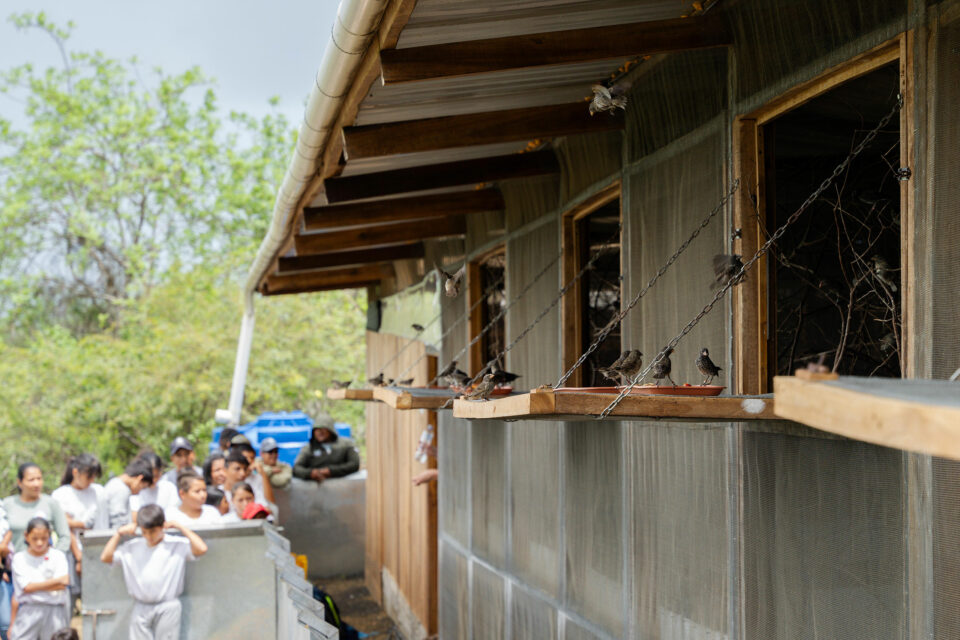
Rewilding Floreana Webinar 2024
